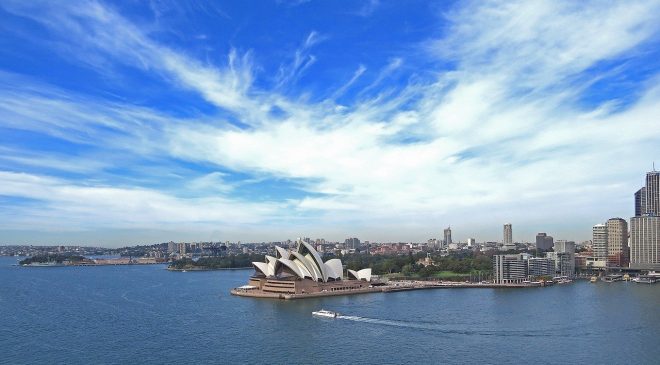Mobility across Australia is at its highest point since March 2018
According to the March quarter Regional Movers Index, employment and business opportunities are driving a significant increase in movement between major cities and regional areas in Australia. The index, a collaboration between the Commonwealth Bank of Australia and the Regional Australia Institute, analyses trends in people relocating to and from regional areas on a quarterly and annual basis.
Key findings from the report include:
- Capital-to-Regional Migration: The migration from major cities to regional areas has risen by 7.9 per cent in the past year, marking its third-highest level in the last five years. Most people moving to regional areas came from Sydney, accounting for 90 per cent of all net capital outflows. Melbourne also experienced a significant increase in net outflows, rising from 44 per cent to 51 per cent in the 12 months leading up to March 2023. However, cities like Perth and Brisbane saw net inflows of 26 per cent and 24 per cent, respectively.
- Popular Destinations: Regional Victoria and Queensland emerged as the key destinations for people moving from capital cities, capturing 43 per cent and 29 per cent of net outflows, respectively, in the 12 months up to March 2023. On the other hand, the number of people moving to regional New South Wales decreased, accounting for 23 per cent of net outflows from capital cities, down from 41 per cent in the previous period.
- Demand for Labour: The surge in mobility across the country is driven by soaring demand for labour in regional areas. Employers in these regions are competing for skilled workers, leading to increased competition among businesses.
- Thriving Regional Centres: Regional centres such as Greater Geelong in Victoria and Townsville in Queensland are experiencing substantial growth and offering numerous business and job opportunities. These areas are attracting people who seek the advantages of regional living and want to move away from the pressures of city life. Other notable regional hotspots include Port Lincoln in South Australia, and Campaspe, Pyrenees, and Moorabool in Victoria.
The Regional Movers Index findings align with the trend of a more mobile population in response to increased job flexibility, a trend that was amplified by the COVID-19 pandemic. While larger coastal centres remain popular, there is a growing appetite to move to smaller regional areas. Factors such as the cost of living and the availability of affordable housing are driving inter-regional migration, which has risen by 9.2 per cent in the March quarter.
Liz Ritchie, CEO of the Regional Australia Institute, expects the popularity of regional areas to continue, citing research that shows one in five metropolitan Australians expressing a desire to move to regional Australia. The cost-of-living pressures and the search for affordable housing are also contributing to increased movement within regional areas themselves.
The top 10 most popular destinations by share of migration include the Sunshine Coast, Greater Geelong, Gold Coast, Fraser Coast, Bundaberg, Moorabool, Lake Macquarie, Toowoomba, Maitland, and Ballarat. Meanwhile, the top five destinations by growth include Townsville, Port Lincoln, Campaspe, Pyrenees, and Moorabool. The report indicates that regional areas will likely remain attractive to individuals seeking a change in lifestyle and affordable living options.





